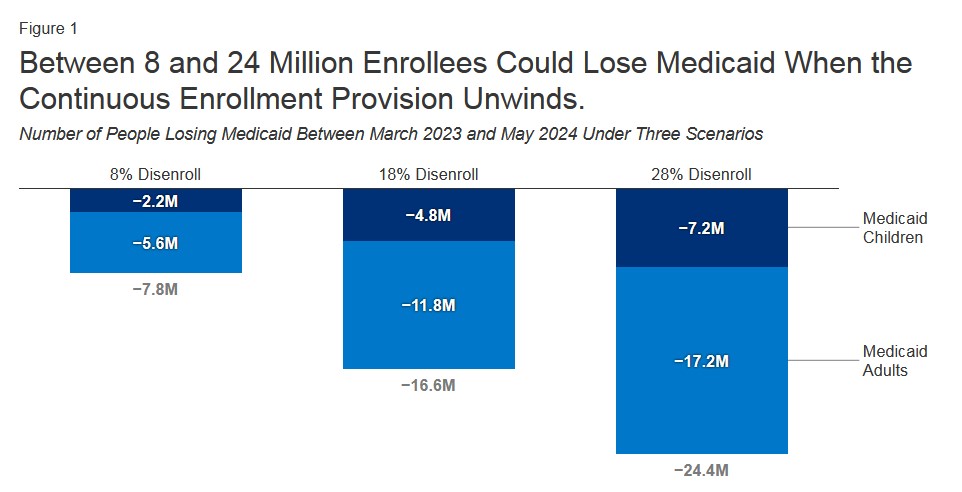
How Many People Might Lose Medicaid When States Unwind Continuous Enrollment?
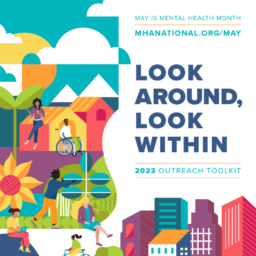
This toolkit, comprised of fact sheets, worksheets, sample communications materials, and sample social media is designed to help aid how you support your own mental health journey, along with your community’s.
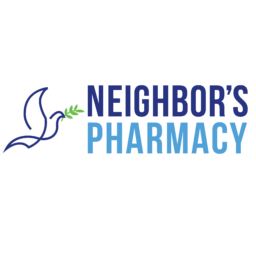
Branson MO: My Neighbor’s Charitable Pharmacy (NCP) will open its doors at 1232 Branson Hills Parkway February of 2023

NABP Associate Executive Director Josh Bolin on DSCSA compliance prior to FDA moving compliance deadline.

‘Unbelievably good price’: KC-area pharmacy dispenses bargain medicine — and hope Go to article
We estimate that if the PHE expires in April 2023, 18.0 million people will lose Medicaid coverage in the following…

Medication non-adherence has led to at least 100,000 preventable deaths each year and $100 billion annually in preventable healthcare costs in the United States
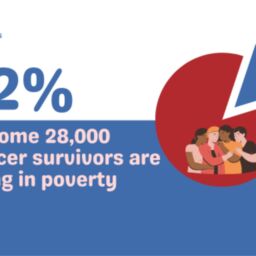
An opportunity for charitable pharmacies to collaborate with oncology practices for non-oncology medications during and after treatment.

A Fireside Chat with AAM Chair, Christine Baeder and Mark Cuban, Entrepreneur and Cost Plus founder
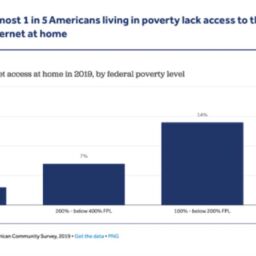
The term digital divide is defined as the differences
of economic and social inequality in both access and usage of ICTs. 2, 3 Some population groups that are
affected by the digital divide include uninsured, at or below 300% of the Federal Poverty Level (FPL), lack
of internet access, etc
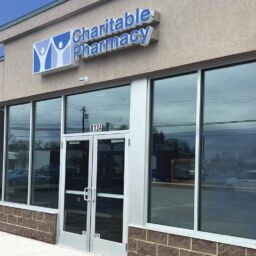
One in four Americans say they struggle to afford their prescription medications. The establishment of this Charitable Pharmacy in Milford will allow patients who live east of Cincinnati better access to care.

An opportunity for charitable pharmacies to collaborate with oncology practices for non-oncology medications during and after treatment.
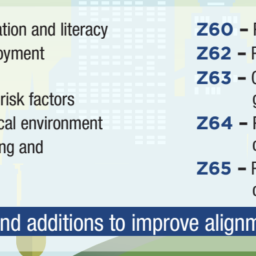
Charitable Pharmacies of America organization member receives Health Equity grant

Starting Sept. 25, Americans can again order free COVID-19 tests through the federal government.
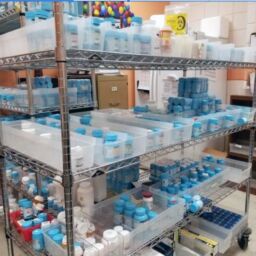
This study represents a rigorous, multi-state evaluation that highlights the impact of a charitable medication access program on hospital utilization for the medically under-served population.

